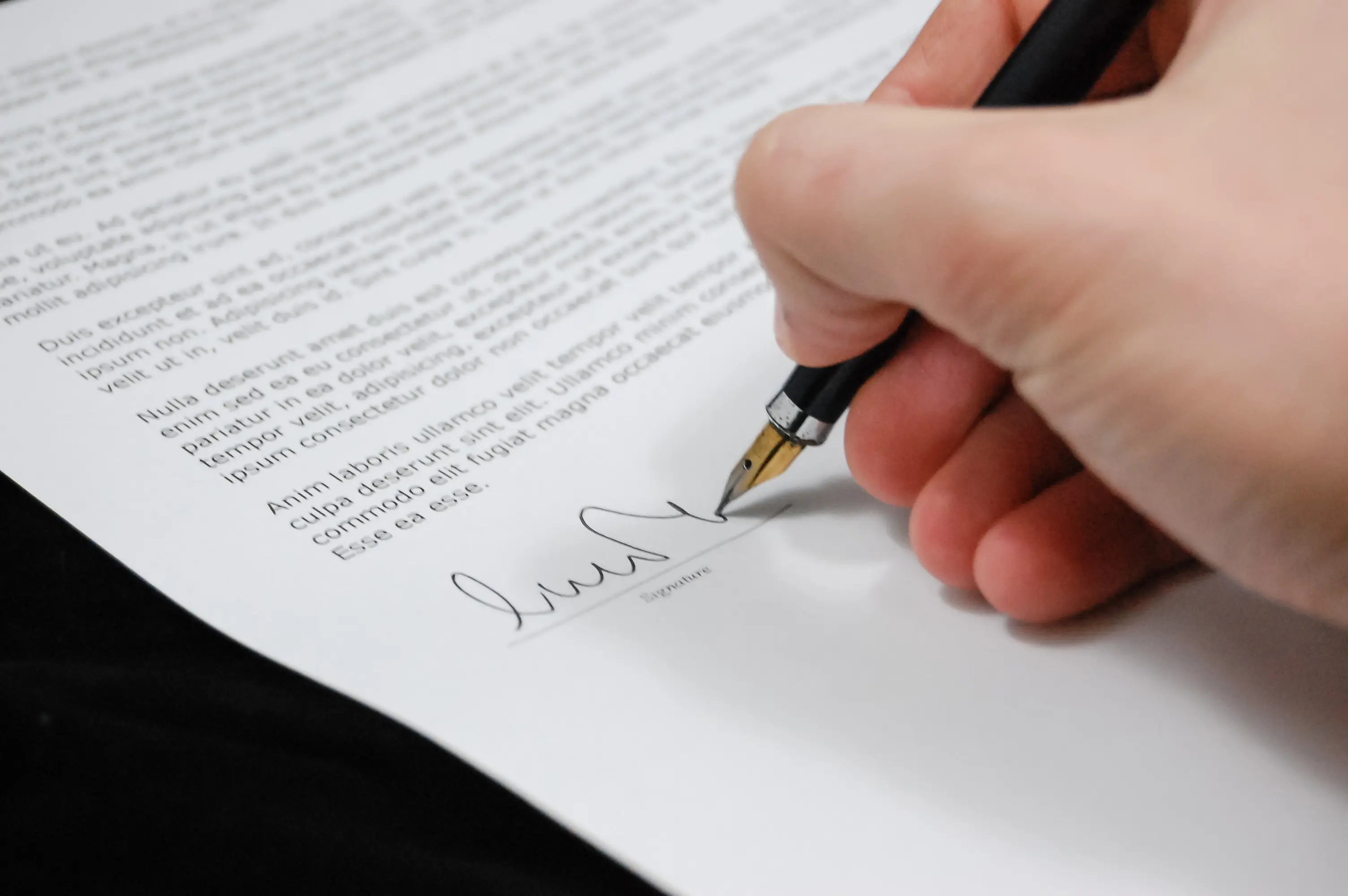According to the case brief above, Sierocinski, who crimps the dynamite, is the plaintiff, whereas the defendant is E.I.Dupont (D), who manufactures the dynamite. The plaintiff alleged that his injury resulted from the premature explosion of dynamite during the crimping process. In addition, the plaintiff claimed that the incident resulted from the manufacturer’s negligence in manufacturing and distributing the dynamite cap in a fashion that is unable to withstand the crimping. In conclusion, the plaintiff claimed that the manufacturer gave no warning about the dynamite state, knowing its use.
On the other hand, the defendant moved to strike the complaint about the failure to state a specific act of negligence. The manufacturer claimed that they required specific proof to know the type of action to defend. Because of this reason, the ruler of the trial court granted the defendant the motion. This made the case dismissed, therefore making the plaintiff file the case again to the court of appeals of the United States. The defendant claimed that the plaintiff had not set any act of negligence to it.
After the disposition, I believe the best and efficient way to rule the case is by following procedure 8 of the federal rule of civil, which mandates that the plaintiff only specify a short, simple statement of a claim under which the plaintiff would be entitled relief (McCluskey et al., 2016) According to the above case, it is evident that the plaintiff sireocinski filed a lawsuit alleging that the defendant had negligently manufactured and distributed dynamite caps that exploded when crimped.
In addition, the plaintiff gave a claim that the defendant, who was the manufacturer, was aware that the dynamite would be crimped. Therefore the plaintiff had fulfilled the federal rule of civil procedure eight and hence was entitled to relief. According to the federal rule of civil procedure 8, the plaintiff must allege a short, simple statement of a claim to acquire entitlement to relief. Therefore the allegations of negligence are enough to give the defendant a notice of the cause of action. Hence the defendant should develop more information to allow the preparation of defense through interrogatories.
Further, there are no specific details necessary to comply with the federal rules. The most crucial information required by the regulation is only a fair notice by the defendant’s complaint based upon what ground grounds it rests on. (Salleh et al., 2020) The most effective way to rule the above case is by basing the ruling on the United States product liability laws.
Negligence means that the manufacturer failed to act with reasonable care while manufacturing the product to curb the potential risks. At the same time, a warranty means that the manufacturer has to fulfill the terms of the promise while manufacturing the product. Product liability is necessary for enforcing the rights and recovering the compensation of the plaintiff for their injuries. Therefore should be granted by the ruler.
This compensation can cater to the medical bills or continuing medical care and payment for other damages. Product liability is necessary for providing legal resources to the victims of dangerous products. Therefore, the defendant in the above case should be held liable for any damage to the plaintiff’s dynamite.
Also, a defect in the warning may cause punishment to the manufacturer. Under the general principle, a product may be defective due to inadequate instructions or warnings. Therefore, it is upon the manufacturers to foresee the possible risks caused by the products even if there were no design flaws in manufacturing. Hence the defendant in the above case should hold liable for injury caused to the plaintiff to omit instructions or warning.
The ruler of the above case should base the ruling based upon the United States product liability law. Therefore they should enforce a strict liability on the manufacturer for manufacturing defensive products which cause harm to the people. Consequently, the defendant in the above case should be held responsible for the injury caused by the product to the plaintiff. Strict liability makes the manufacturer liable for all the damages caused by the product.
The ruling in the above case should also rely on the theory of the deep pocket. According to the fundamental principle of the law of torts, the individual who commits the wrong act should face liability. Therefore the defendant should be considered the best person to accommodate the risk based on the profound pocket argument. Finally, the judge should punish the defendant by compensating the plaintiff to ensure that only the best products remain in the market.
The following limitations are likely to occur due to the choices made on the ruling. Strict liability to the manufacturers is expected to deter them from bringing the products into the market, killing the entire market. Also, the manufacturer who is the defendant may have done their best while manufacturing the product to the extent of putting up instructions and warnings. Still, the plaintiff fails to be efficient in taking care while dealing with the product, causing the injury to them and later on blames the manufacturer.
In addition, when basing the ruling on spreading the cost, it may affect the poor who may not have the required ability, whereas favoring the rich who might be having more than enough. Also, basing the ruling on the assumption of risk and misuse can decrease the consumers’ choices, encourage morally dangerous behavior by the plaintiffs, and damage the effects to control and predict risk.
References
McCluskey, M. T., Pasquale, F., & Taub, J. (2016). Law and economics: Contemporary approaches. Yale L. & Pol’y Rev., 35, 297.
Salleh, F., Khamarulzaman, M. H., Azlan, M. A. M., Sharazi, M., Mustazar, M., Hamzah, N. A., & Zainol, N. A. (2020). Manufacturer’s demand for liability insurance: A critical review. Journal of Critical Reviews, 7(11), 577-582.








